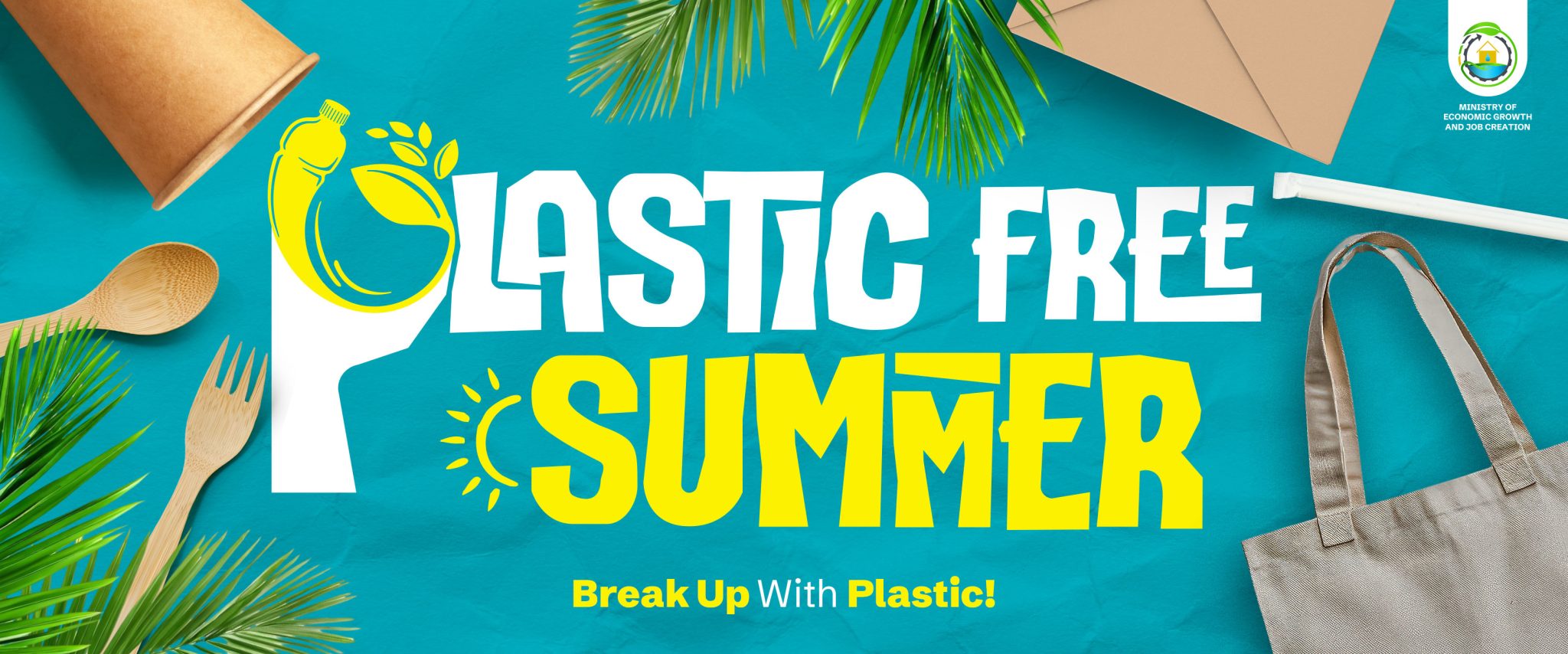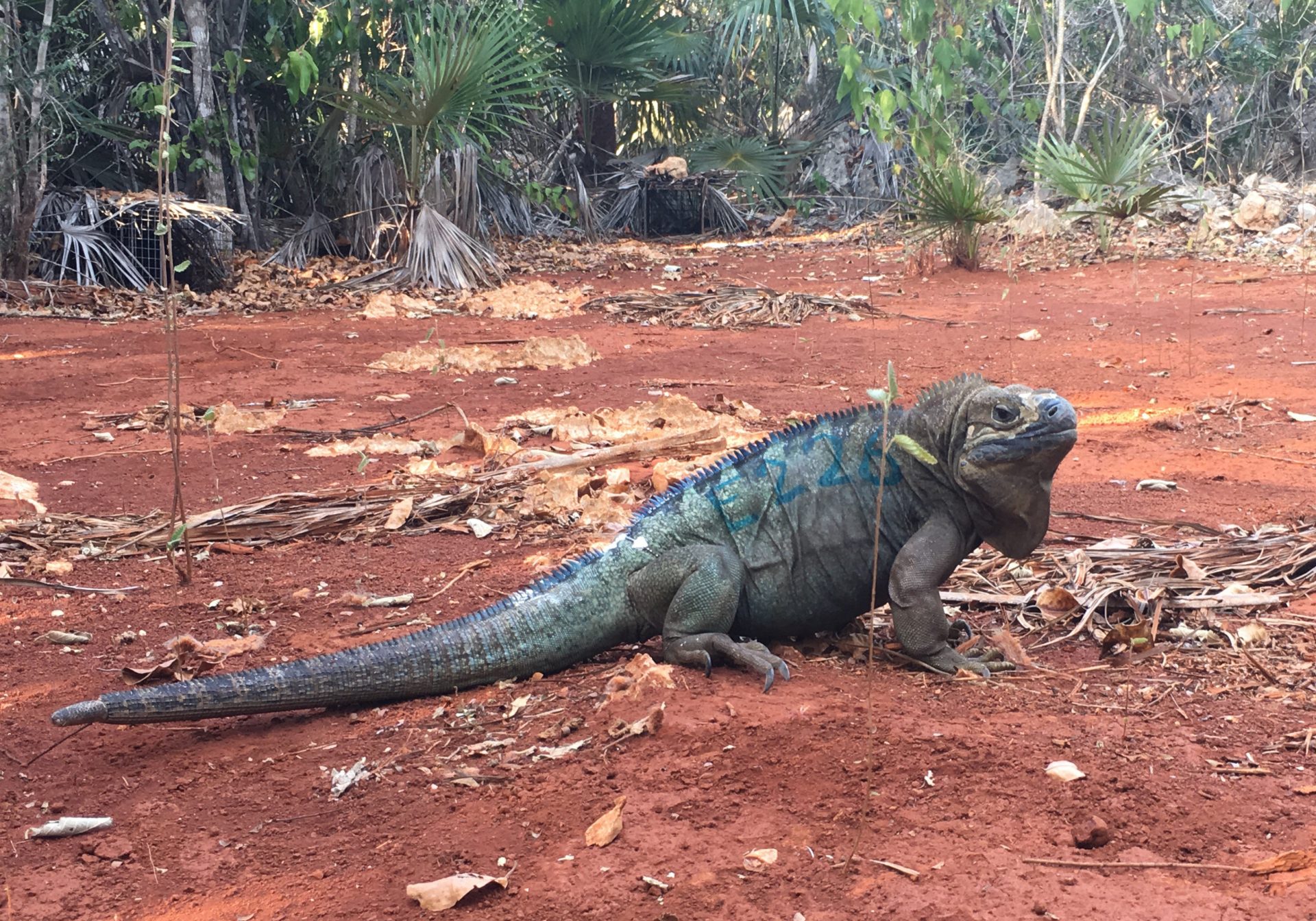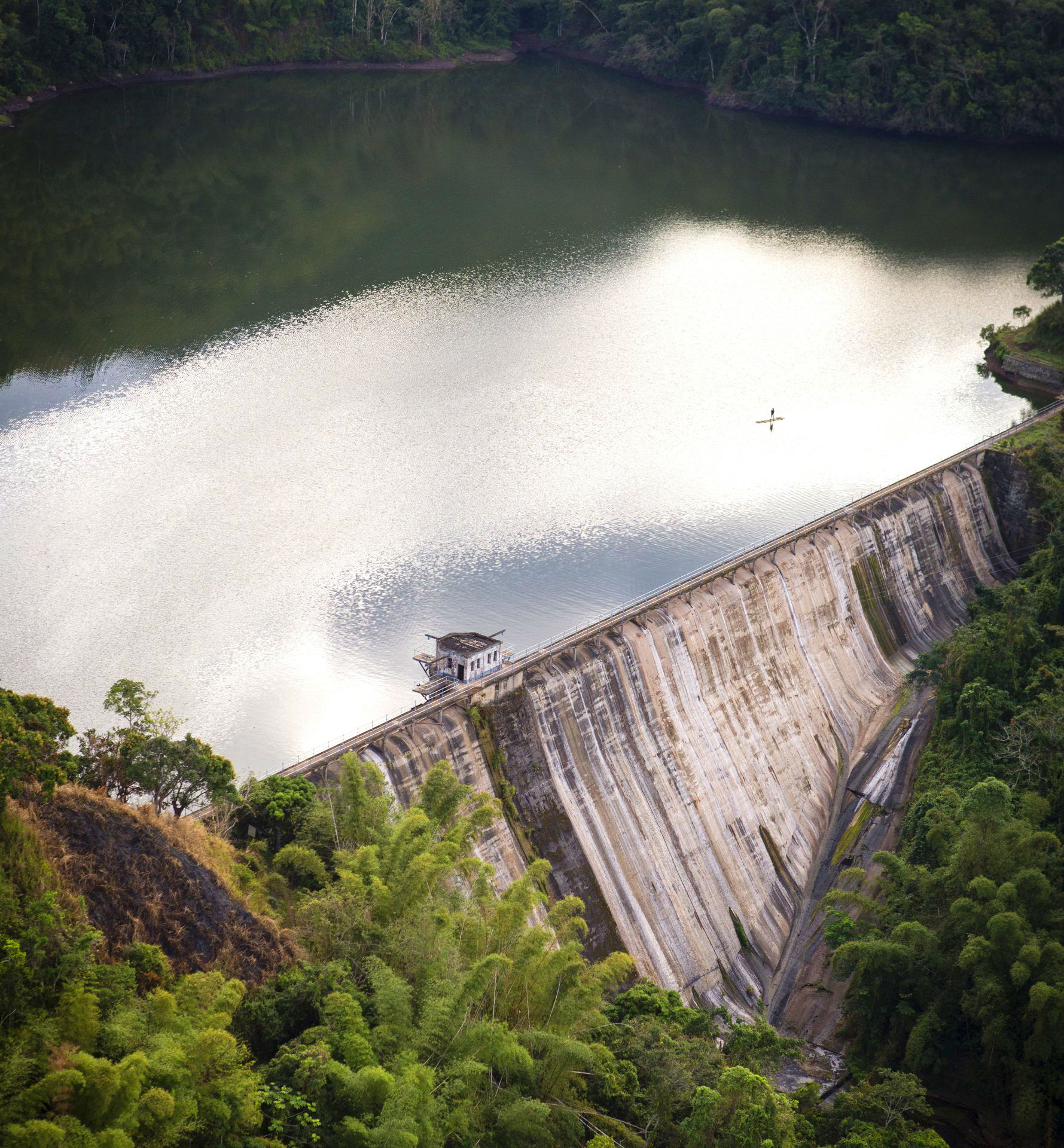A Commitment to Our Future: Embracing a Plastic Free Summer and Beyond
As we enjoy the vibrant days of summer, surrounded by the natural beauty that defines our island home, Jamaica, we must also confront a pressing reality: the impact of plastic pollution on our environment. This summer, through the Ministry of Economic Growth and Job Creation’s (MEGJC) 2025 Plastic Free Summer (PFS) Campaign, which coincides with the global observance of Plastic Free July, there is a call to action for every Jamaican to “Break Up with Plastic” and embrace sustainable alternatives, ensuring a cleaner, healthier future for generations to come.
Jamaica has made commendable progress in environmental protection, with the Ministry leading the charge and having primary responsibility for drafting the policies related to protected areas, environmental management and sustainable development.
Policies such as the Protected Areas Policy (Green Paper) and overarching legislation to manage our protected areas, will play a critical role in conserving the island’s natural resources and biodiversity in our ecologically sensitive areas.
The implementation of the fourth phase of the Government’s ban on single-use plastics marks another pivotal moment in our journey towards environmental sustainability.
Having implemented four phases of the ban on single-use plastics, the Government will complete phase four with the ban on personal care and cosmetic products containing intentionally added microplastics or microbeads. This decisive move underscores the Government’s commitment to reducing plastic pollution at the microscopic level, protecting marine life, and enhancing public health.
Global statistics paint a sobering picture of the plastic pollution crisis. According to National Geographic, an estimated 8 million tonnes of plastic waste enter our oceans every year, wreaking havoc on marine ecosystems and wildlife.
In a 2021 report titled “Jamaica: Plastics Ban Creates New Opportunities”, the United Nations Environment Programme (UNEP) notes that of the 800,000 tonnes of residential waste Jamaica generates annually, 15 percent is estimated to be plastic. This level of pollution endangers not only our environment but also our economy, particularly the tourism and fishing industries on which many Jamaicans rely.
Through the Plastic Free Summer Campaign, the MEGJC aims to inspire and inform Jamaicans on the importance of sustainable alternatives to single-use plastics, in a bid to garner national support of eco-friendly practices.
This initiative isn’t just about making changes for the summer. It’s about adopting lifelong habits that will benefit us all and preserve our environment for generations to come.
Imagine a Jamaica where our children play on beaches free of plastic debris, where coral reefs thrive, and where our food and water sources are uncontaminated by microplastics. This vision can become a reality if we all commit to reducing our plastic consumption and adopting sustainable practices. The steps are simple: bring your reusable bags when shopping, opt for glass or metal straws, choose utensils made from reusable materials such as bamboo, and support businesses that prioritise eco-friendly packaging.
This movement extends beyond individual actions. It requires collective effort and systemic change. The MEGJC therefore calls on businesses to innovate and offer sustainable alternatives, on the implementers to enforce regulations rigorously and on communities to support each other in making these vital changes.
The MEGJC Plastic Free Summer Campaign is a testament to the power of community and the impact we can have when we unite for a common cause. Let us take pride in leading by example showing the world that Jamaica is committed to protecting its natural heritage. This summer, and every day beyond, let us choose to live plastic free.
Together, we can turn the tide on plastic pollution and create a cleaner, healthier, and more sustainable Jamaica for all. The journey starts now, and it starts with each one of us.





